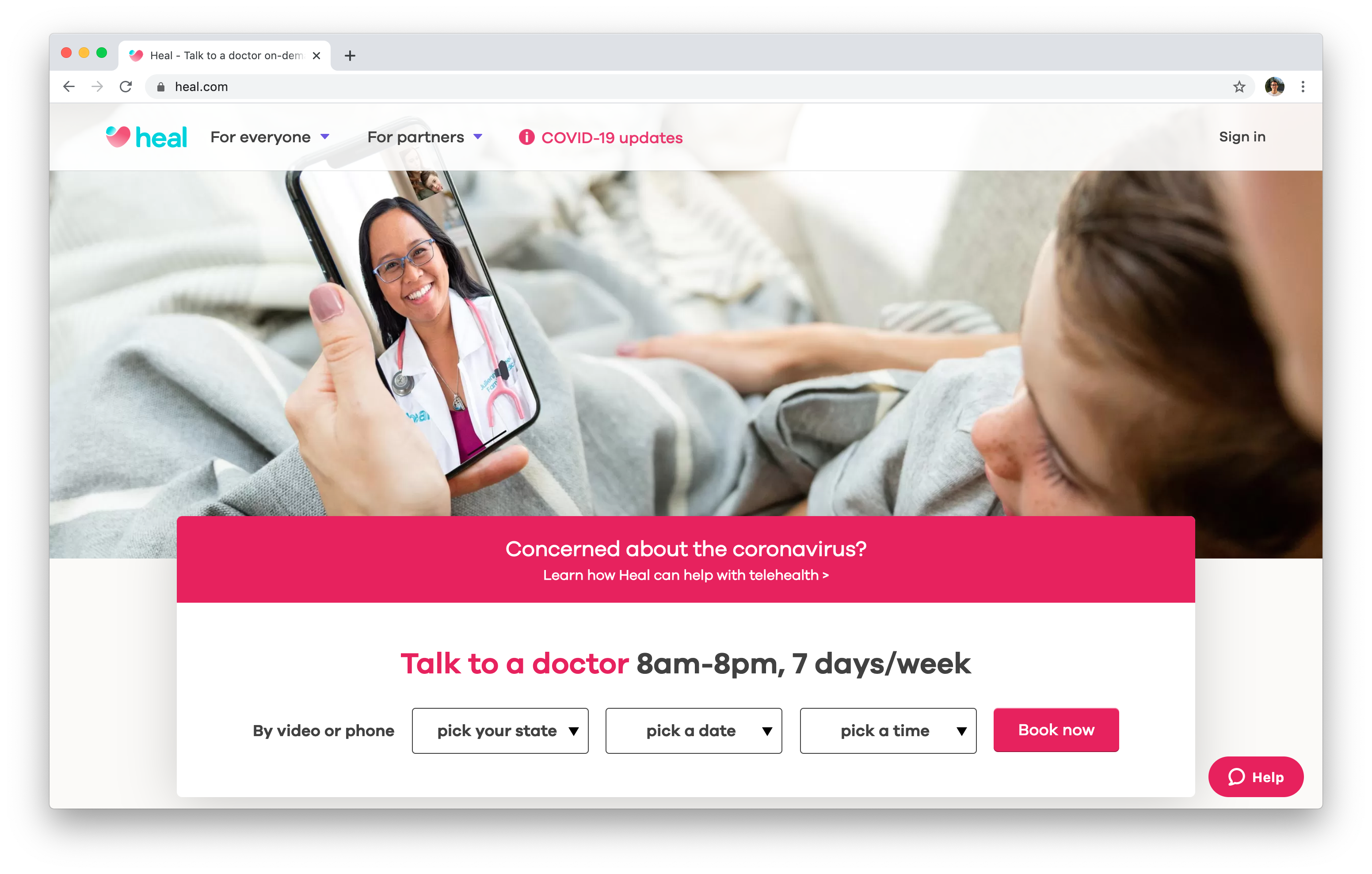Recognizing the Cost-Effectiveness of Subscription-Based Healthcare Designs
As the medical care landscape advances, subscription-based versions arise as an engaging option, guaranteeing to redefine exactly how individuals manage medical expenses. Evaluating these versions' cost-effectiveness necessitates a nuanced contrast with traditional insurance, considering both economic effects and person contentment.
Review of Subscription-Based Versions
Subscription-based medical care designs, in some cases referred to as straight health care or attendant medication, are significantly acquiring focus as a prospective service to inefficiencies within standard health care systems. These models operate the concept of offering patients straight access to healthcare providers via a yearly or monthly fee, bypassing the requirement for traditional insurance systems. This plan intends to simplify patient-provider communications by reducing administrative worries, which often prevent individualized and prompt treatment.
At the core of subscription-based versions is the focus on an extra individualized patient experience. Clients take advantage of boosted access to their doctors, usually consisting of next-day or same-day appointments, extended examination times, and straight interaction channels such as phone or video phone calls. This model fosters a proactive method to medical care, where service providers and individuals can collaboratively focus on preventative treatment and chronic condition monitoring.

Expense Comparison With Standard Insurance

One of the main financial benefits of registration versions is transparency in expenses. Individuals pay a predictable charge, which can simplify budgeting and financial planning. Furthermore, these designs normally get rid of co-pays and deductibles for protected solutions, decreasing out-of-pocket investing. On the other hand, typical insurance policy may be a lot more advantageous for people calling for specialized care or costly therapies not covered under a registration model, as they benefit from the more comprehensive coverage network and cost-sharing devices.
Nonetheless, cost-effectiveness is context-dependent. While registration versions may supply financial savings for those mostly needing medical care, individuals with chronic conditions or specialized healthcare demands may discover typical insurance policy a lot more extensive. Examining specific healthcare demands and possible usage is crucial in establishing the most cost-effective choice for people.
Influence On Person Contentment
Patient fulfillment within subscription-based healthcare models typically shows a substantial renovation over standard insurance policy systems. Unlike standard systems, where people may experience delays in getting treatment, subscription-based models ensure even more straight and prompt communications with health care companies.
Additionally, the openness in prices related to subscription-based healthcare eases the typical frustrations related to unanticipated costs and complex payment procedures seen in traditional insurance coverage (subscription based healthcare). People appreciate knowing the specific economic commitment upfront, bring about increased image source count on and self-confidence in their health care management
Additionally, the emphasis on preventive care and health in registration versions adds to improved health and wellness outcomes, additionally enhancing individual contentment. By concentrating on recurring health upkeep as opposed to episodic care, clients experience a more continual and alternative healthcare trip.
Moreover, the improved provider-patient connection promoted in these versions, identified by more time spent per patient and customized interest, plays a vital function in boosting individual contentment levels, as individuals feel really taken care of and recognized.
Supplier Point Of Views and Experiences
From the carrier's perspective, subscription-based medical care models provide a transformative technique to supplying medical solutions. These versions highlight a aggressive and preventative health care strategy, allowing providers to concentrate on thorough individual care without the restraints of traditional fee-for-service setups (subscription based healthcare). This shift in focus often causes enhanced patient end results and enhanced company fulfillment, as medical care experts can allot even more time and sources to patient interaction and individualized treatment strategies
In addition, subscription models help with foreseeable revenue streams, which boost economic security for healthcare service providers. This predictability enables improved resource planning and appropriation, contributing to a more reliable health care shipment system. Carriers can buy team framework, technology, and training renovations, thereby improving the top quality of treatment used.
However, the transition to subscription-based models is not without difficulties. Service providers have to adapt to new operational structures, which can involve considerable modifications in invoicing practices and patient monitoring systems. In addition, there is a fundamental requirement for durable information management to track client end results and make sure quality treatment. Despite these difficulties, numerous companies discover that the benefits of increased client communication and streamlined operations surpass the initial challenges, making subscription-based versions an eye-catching option.
Future Potential Customers and Obstacles

A primary obstacle is regulatory compliance, as registration designs have to adhere to evolving health care policies and insurance coverage demands. This demands continuous adaptation and technology to guarantee positioning with legal requirements. In addition, incorporating these models right into existing healthcare facilities can be complicated, calling for significant investments in innovation and training.
There is likewise the possible danger of creating injustices in healthcare access, as subscription models could favor those that can afford them, leaving prone populaces underserved. Resolving this calls for thoughtful factor to consider of prices methods and subsidy mechanisms to guarantee inclusivity.
Conclusion
Subscription-based healthcare versions provide a practical alternative to traditional insurance coverage by offering financial predictability and transparency, particularly benefiting people with persistent problems or frequent navigate to this website health care needs. The cost-effectiveness of these versions is contingent upon private healthcare usage patterns and situations. While they might boost individual fulfillment and improve budgeting, obstacles remain why not try this out in attending to specialized care requirements. Future factors to consider include balancing detailed insurance coverage with affordability and integrating these models within the wider medical care system for ideal end results.
Subscription-based healthcare versions, sometimes referred to as direct main treatment or attendant medication, are significantly acquiring focus as a possible service to inadequacies within traditional health care systems. Unlike standard systems, where individuals might experience delays in getting treatment, subscription-based models ensure even more prompt and direct interactions with health care suppliers.
These models stress a preventative and positive healthcare approach, permitting providers to concentrate on comprehensive person care without the restrictions of typical fee-for-service arrangements. As these models continue to gain traction, they offer the potential to revolutionize individual accessibility to care, simplify solution delivery, and optimize medical care investing.Subscription-based healthcare models present a sensible option to standard insurance coverage by supplying economic predictability and openness, specifically profiting individuals with persistent conditions or regular healthcare demands.